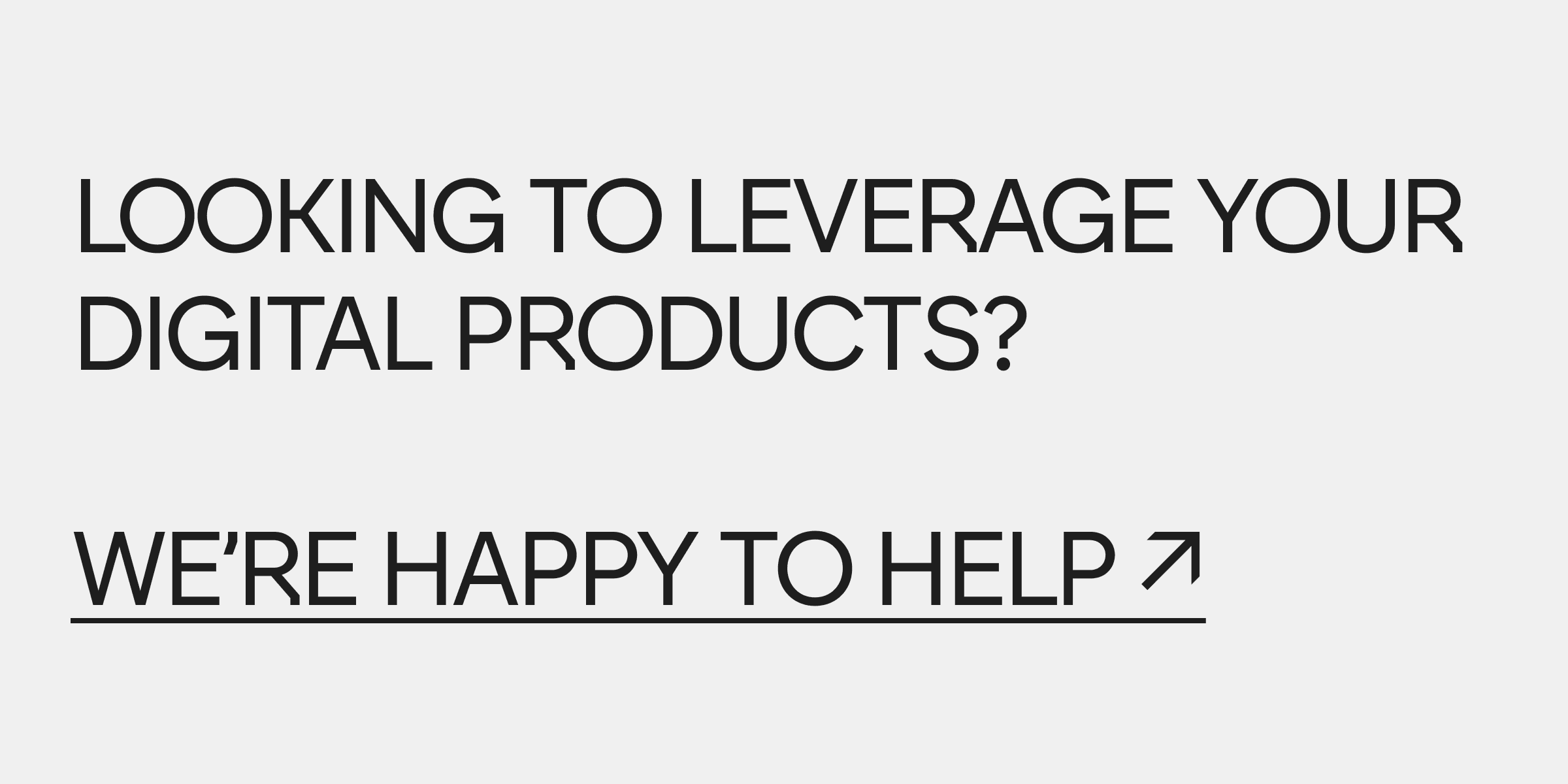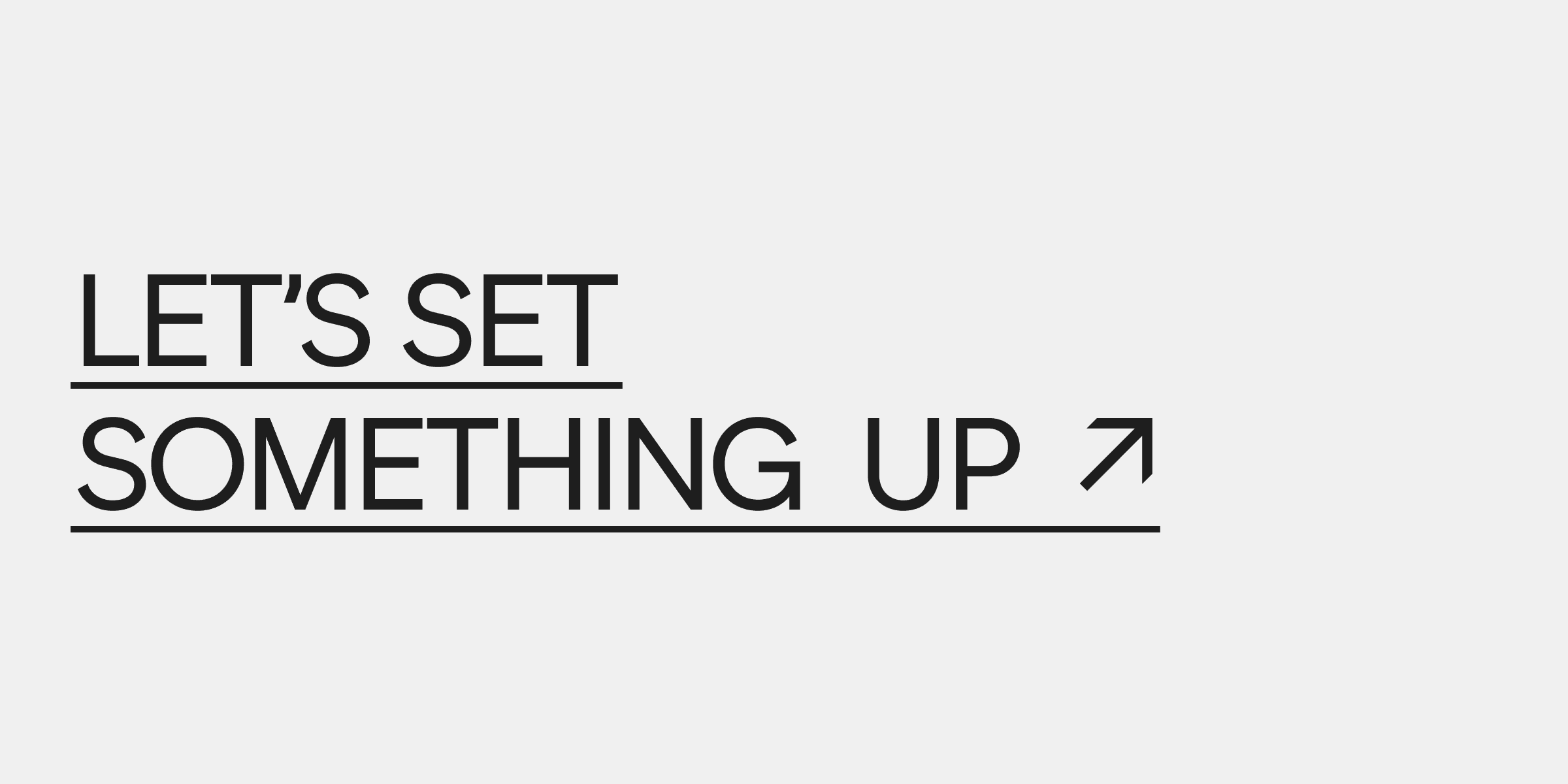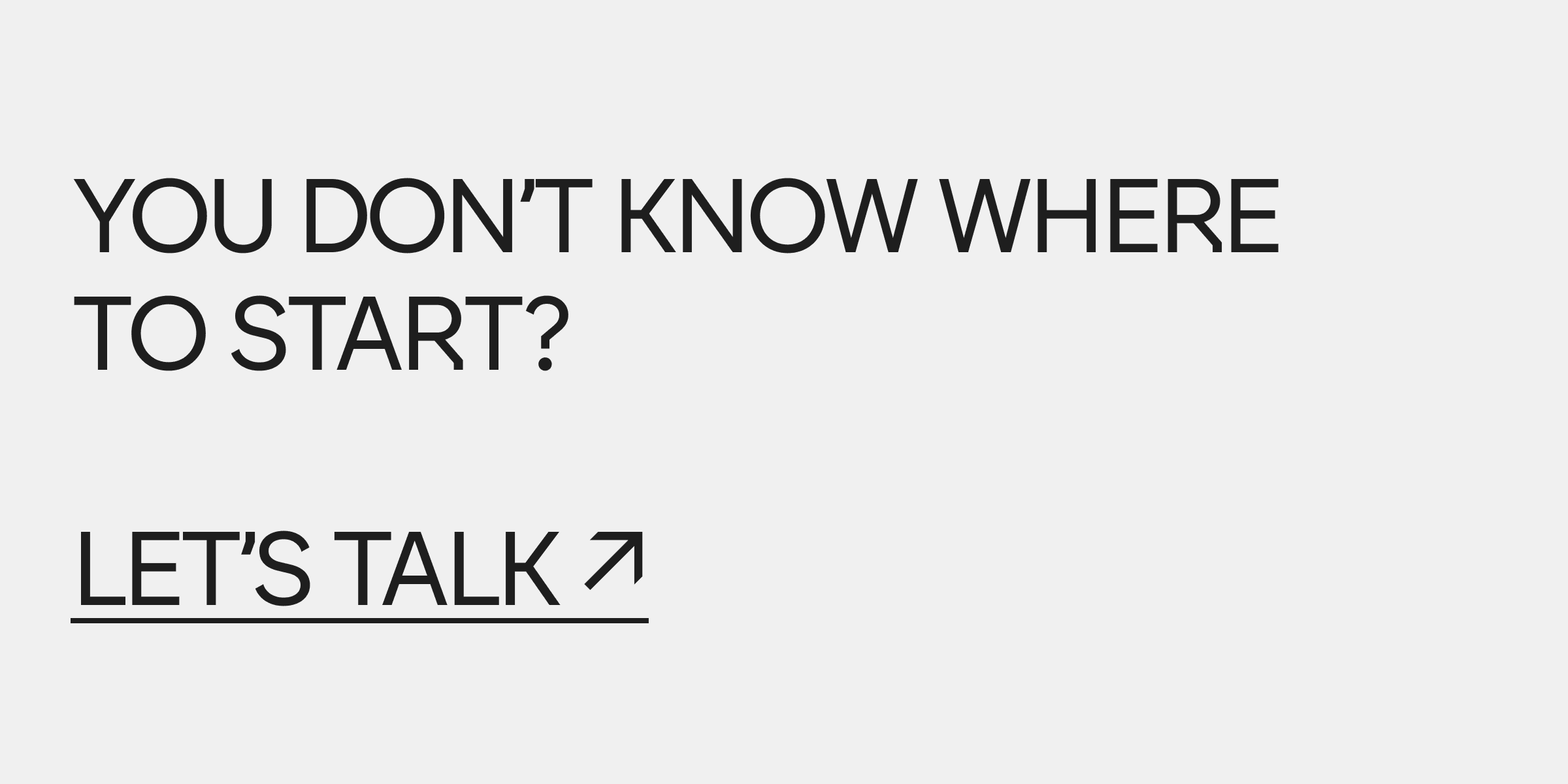What Is a Design Brief?
A design brief is a vital document that encapsulates the essential components of a design project. It covers the objectives, scope, and expected outcomes, serving as a guide for both clients and designers. By clarifying what’s expected, this brief minimizes the risk of miscommunication and ensures that everyone involved shares a common vision for the end result.
Let's explore the key parts typically found in a design brief:
- Project Overview: this section sets the stage for the project, detailing its purpose and significance, it articulates the necessity of the design and highlights how it will serve the target audience effectively.
- Objectives and Goals: in this part, the project's intentions are succinctly outlined, it specifies clear aims and quantifiable results that the project aims to accomplish.
- Target Audience: here, information about the end-users is presented, including their demographics and preferences, this data plays a crucial role in shaping design choices.
- Scope and Deliverables: this section delineates the tasks at hand, project timelines, and any financial limitations that might exist.
- Brand Guidelines: key branding elements are outlined here, such as logos, color palettes, typography, and messaging, establishing these standards ensures a cohesive design throughout.
By effectively detailing these elements, a design brief cultivates open communication and teamwork, it enables designers to formulate solutions that align with client aspirations and fulfill the project's objectives.
How To Initiate a Design Brief Process?
Starting the design brief process involves thoughtful planning and effective communication. Engaging stakeholders is essential throughout the entire process. Conducting interviews or using structured surveys with team members - including brand strategists, designers, and user researchers - can provide valuable insights and help fill any gaps in information. This collaborative approach early on promotes clearer communication and enhances everyone's understanding of the project requirements, as well as the client's vision.

Why Do Designers Need a Design Brief?
Designers depend on a comprehensive design brief to grasp client expectations and the specifics of the project. This essential document serves as a guide, shedding light on the client’s brand identity, their target market, project ambitions, budget limitations, and timeline requirements. With a solid foundation in place, designers can craft innovative solutions that closely align with the client's goals, fostering transparency throughout the entire process.
A thoughtfully developed design brief minimizes confusion and helps prevent scope creep. It intricately outlines deliverables, ensuring that both clients and designers have aligned expectations. This collaborative approach streamlines project management, establishing clear timelines and budget parameters for effective planning and smooth execution.
Involving clients from the outset not only encourages teamwork but also builds a trusting relationship. This partnership opens the door for invaluable feedback that enhances the design, ultimately resulting in work that truly embodies the client’s vision.
Read also: Top 10 Tips on How To Give Constructive Website Design Feedback to a Designer
How To Create a Design Brief?
Creating a design brief is a crucial task that encompasses several essential steps, ensuring that everyone involved is aligned throughout the design process. The journey begins with gathering comprehensive project requirements. Engaging clients with well-thought-out questions helps reveal their objectives and outlines the project's scope.
A deep understanding of user demographics and their preferences can profoundly influence design decisions. For instance, having a solid grasp of user experience and responsive web design principles can enhance the effectiveness of the final product.

A well-structured design brief should also clearly outline key deliverables. Identifying the necessary formats and quantities provides designers with a tangible framework for what needs to be created while establishing a timeline to keep the project on track. This clarity is essential for maintaining organization throughout the process.
Additionally, integrating brand identity and creative direction is critical. This alignment ensures that every design component - ranging from logos and color palettes to typography - remains consistent with the client's branding strategy.
Each of these steps is integral to delivering a clear project overview, paving the way for successful and cohesive design results.
What Client Questions Reveal Project Goals and Scope?
They help to ensure that the client's vision is in harmony with the anticipated design results. To extract meaningful insights, it's important to ask targeted questions that uncover the essential elements of the project.
To begin with, gaining an understanding of the project overview allows us to grasp the client’s aims and the larger context surrounding the project. Probing into problem statements reveals the challenges the client is encountering. Additionally, discussing desired outcomes sheds light on their vision of success.
Following that, delving into project objectives helps set clear and measurable goals for both the client and the design team. When clients express their key objectives, we gain perspective on their functional requirements and design preferences. It's equally important to clarify the budget and timeline upfront, which establishes realistic boundaries for the design process.
Understanding the target audience is essential. Inquiring about demographics, user needs, and preferences can significantly influence design decisions. A thorough competitor analysis adds valuable context, allowing us to strategically position the project within the marketplace.
Lastly, discussing deliverables and project milestones creates transparent expectations regarding what outputs will be delivered and when. This mutual understanding between the client and designer is vital for ensuring that everyone is on the same page throughout the project's various stages.
How To Define Target Audience, User Experience, and Responsive Web Design Requirements?
Understanding your target audience is crucial to your success. To really nail this down, you should dive into user research. Pay attention to various factors such as:
- demographics,
- psychographics,
- user behaviors.
This kind of research enables you to develop user personas that capture the essential traits of different segments in your market. By knowing what these personas need, prefer, and struggle with, you can make informed design choices.
User experience (UX) revolves around the way individuals engage with your design. By delving into their needs and expectations, designers can significantly enhance both the interface and overall functionality. Employing tools like user testing and feedback surveys allows you to identify any areas that require improvement, ensuring that the design truly resonates with the users' real-life experiences.
Having a responsive web design is absolutely essential in today’s diverse digital landscape. Given that users access content through a multitude of devices and screens, your designs must be flexible enough to adapt. By tailoring layouts, visuals, and navigation to fit each platform, you improve accessibility and elevate user satisfaction.
When you merge insights from your target audience analysis with effective UX strategies and responsive design principles, you establish a unified approach. This combination produces designs that not only meet user expectations but also align with your brand values, ultimately crafting a rich and impactful digital experience.
What To Include in a Brief?
A well-crafted design brief is essential for fostering smooth communication between clients and designers. It should encompass several vital components to ensure everyone involved shares a clear understanding of the project.
To start, a project overview sets the stage. This section offers background on the company, outlines the project’s purpose, and underscores the importance of the design. Providing this context ensures that everyone is aware of the project's scope from the get-go.
Following that, it’s important to clearly define the project goals and objectives. Establishing these targets helps everyone align their efforts towards desired outcomes and measurable achievements.
The brief should also detail the deliverables. Specifying the formats and quantities required for each part of the project enables designers to plan their tasks more efficiently.
Moreover, establishing a budget and timeline is crucial. These aspects lay out the financial parameters and scheduling expectations, which guide resource allocation and completion deadlines for tasks.
Brand guidelines are another key element. This section should convey essential details about logos, color palettes, typography, and overall tone to maintain consistent branding throughout the design process.
Another significant factor is incorporating design specifications. These aesthetic directives ensure that the design aligns with the intended style. If there are specific design requirements related to packaging or web design, those should also be clearly stated for clarity.
Lastly, it's vital to outline the feedback process and communication protocols. This framework enables smooth adjustments as the project evolves. Additionally, including aspects like a competitor analysis and sections on creative direction can enhance the brief further, encouraging innovative solutions that set the project apart in the market.
How To Integrate Brand Identity and Creative Direction?
To effectively merge brand identity with creative direction, one must first grasp the true essence of the brand. Essential components such as logos, color palettes, and typography should harmonize to convey the brand’s message and core values compellingly.
During the creative direction stage, tools like mood boards and vision board templates become invaluable in establishing a cohesive visual language. These instruments:
- inspire creativity,
- help set a definitive aesthetic path,
- resonate with the brand's personality.
Moreover, it’s crucial to define brand guidelines and creative preferences explicitly in the design brief. Outlining the intended tone and visual themes allows designers to craft outputs that are innovative yet cohesive. Fostering open lines of communication between stakeholders and designers:
- encourages collaboration,
- plays a significant role in translating brand identity into designs,
- ensures outputs are both functional and artistic.
By forging these connections at the outset, the design process meets practical requirements while also embodying the brand's essence and vision. This methodology ensures a consistent and creative portrayal across all platforms, setting the stage for a successful project.

How To Review, Refine, and Approve a Design Brief
Reviewing and refining a design brief is vital for achieving a successful project outcome. It begins with distributing the draft brief to essential stakeholders, including clients, project managers, and designers. Gathering comprehensive feedback on key aspects like:
- project objectives,
- scope,
- deliverables,
- budget,
- timeline.
It’s important to create an atmosphere where stakeholders feel comfortable voicing their opinions, whether in meetings or informal discussions. This openness helps clarify any misunderstandings and addresses potential conflicts. By fostering a collaborative environment, you're aligning everyone's expectations and building trust among the team.
Once feedback has been collected, the next step is to refine the brief. Reviewing and updating vague sections ensures that the document remains clear and aligned with the project's goals. Utilizing project management tools can enhance collaboration, maintain document versions, and track the changes necessary for final approval.
Establishing clear project milestones can significantly simplify the approval process. Stakeholders should assess the brief against these milestones to confirm their satisfaction with its direction. Maintaining open lines of communication enhances decision-making and helps the project progress more seamlessly.
In essence, engaging in this thoughtful feedback process is crucial. It not only manages expectations but also minimizes the likelihood of unnecessary changes, ensuring that the final design aligns with both client requirements and project objectives.
You've seen how a detailed design brief is the essential, risk-minimizing foundation for any successful digital product.
But a brief is just the start. At Adchitects, we don't just follow directions; we use our expertise to elevate your vision into a human-centered digital product that delivers real growth.
Ready to move past guesswork? Reach out to us today to discuss your vision and see how our full-cycle design team can turn your idea into a measurable, extraordinary product.






